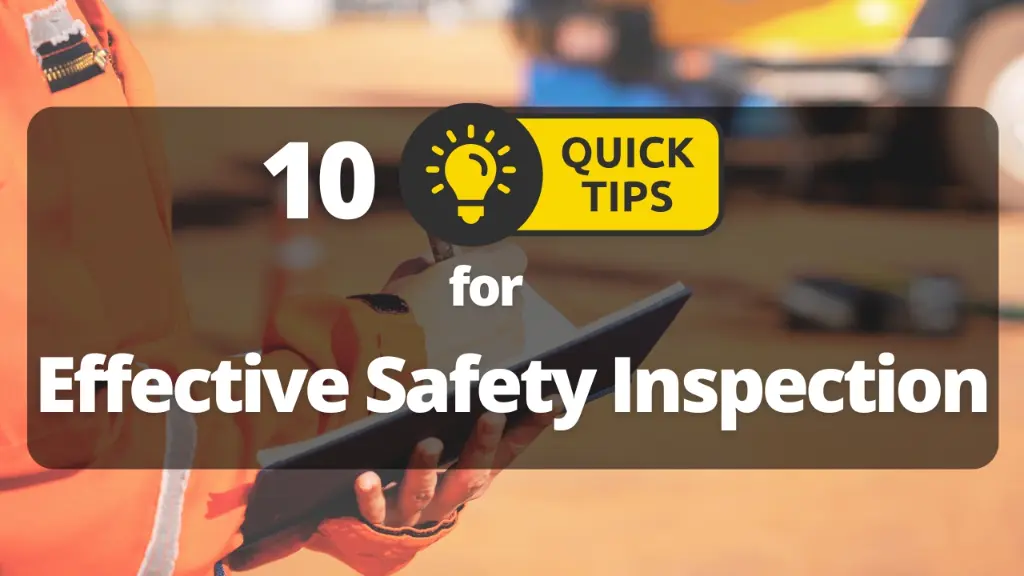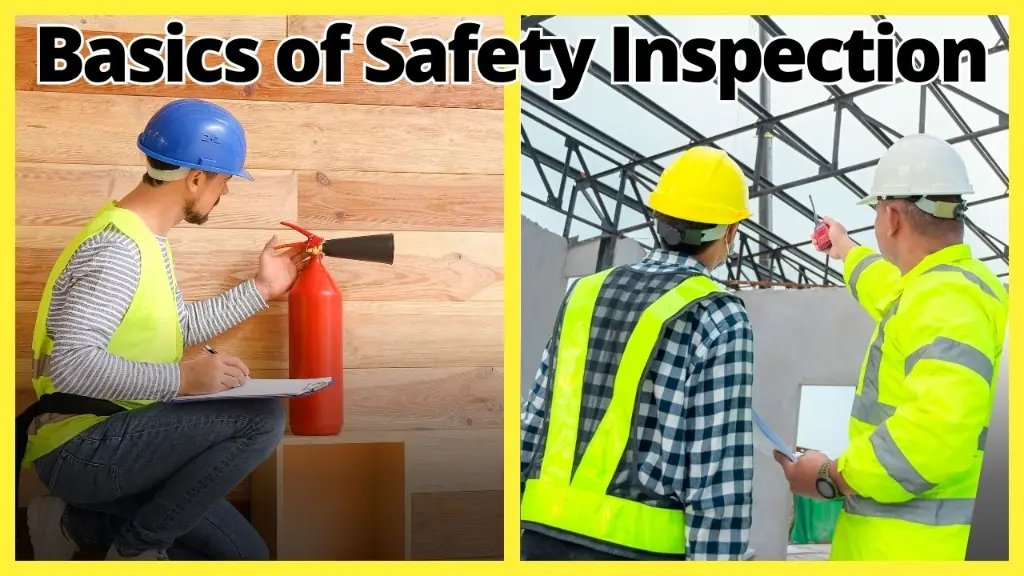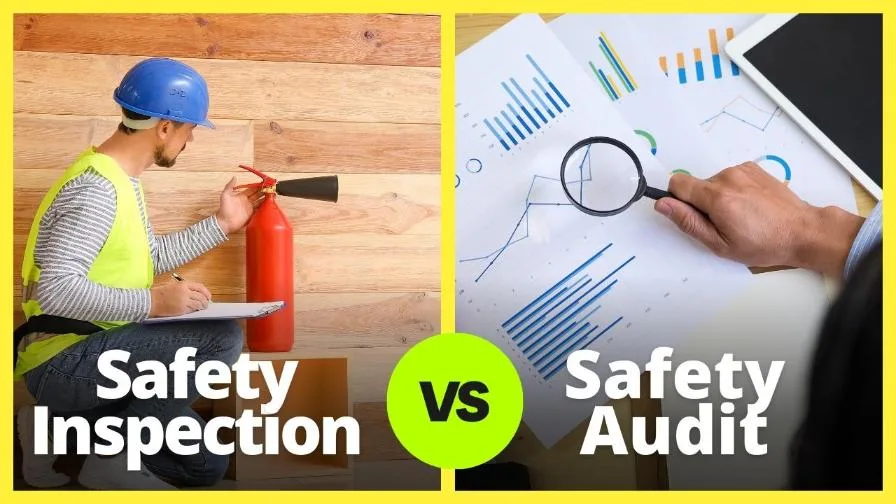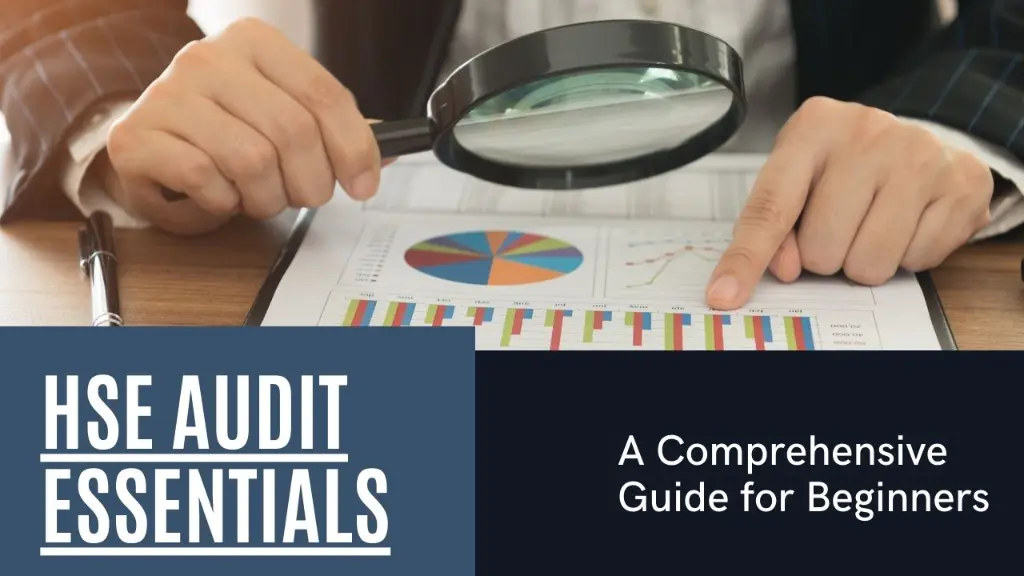Welcome to our dedicated page on Safety Audit & Inspection. This subpage is your go-to resource for understanding the critical role that audits and inspections play in maintaining a safe and compliant workplace.
Here, you’ll find a comprehensive overview of safety audits and inspections, their importance, and a series of blog posts that delve into various aspects of this essential practice.
Table of Contents
Toggle1. Overview of Safety Audit & Inspection:
Safety audits and inspections are systematic processes designed to identify potential hazards, ensure compliance with safety regulations, and foster a culture of safety within an organization. While inspections are typically more routine and focused on immediate hazards, audits are thorough evaluations that examine the effectiveness of a company’s safety management systems.
10 Safety Inspections Tips: The Essential Dos and Don’ts You Can’t Afford to Ignore
Transform your safety inspections from a routine chore into a...
Read MoreUnderstanding the Basics of HSE Observation or Safety Inspection: A Guide for Beginners
Explore the fundamentals with our Safety Inspection Guide. Understand the...
Read MoreSafety Inspection and Safety Audit: Know the Difference
Explore the nuances between Safety Inspection and Safety Audit in...
Read MoreUnderstanding the Executive Summary: A Guide for HSE Professionals
Discover how to master the art of writing an Executive...
Read MoreThe Significance of Close Out Meeting in HSE Audits
Discover the crucial role of Close Out Meeting in HSE...
Read MoreHSE Audit Opening Meeting: Setting the Stage for Success
Master the art of the HSE Audit Opening Meeting and...
Read MoreEffective HSE Audit Steps: Planning, Execution, and Closing
An effective HSE audit is crucial for evaluating an organization's...
Read MoreUnlocking HSE Audit Essentials: A Comprehensive Guide for Beginners
Explore the diverse universe of HSE Audit essentials with our...
Read MoreSafety Inspection and Safety Audit: Know the Difference
Explore the nuances between Safety Inspection and Safety Audit in...
Read More2. Why Safety Audits & Inspections Matter:
2.1 Identify Hazards:
Regular inspections and audits help identify potential safety hazards before they lead to accidents or injuries.
2.2 Ensure Compliance:
These processes ensure that your organization complies with relevant safety regulations and standards, avoiding legal penalties.
2.3 Improve Safety Culture:
Conducting regular audits and inspections promotes a proactive safety culture, encouraging employees to prioritize safety in their daily activities.
2.4 Enhance Efficiency:
Identifying and addressing safety issues can lead to more efficient operations by reducing downtime caused by accidents.
3. What to Expect From This Safety Audits and Inspections Subpage:
On this subpage, you will find a series of informative blog posts that cover various topics related to safety audits and inspections. Each post is designed to provide you with valuable insights and practical tips to improve your organization’s safety practices.
3.1 The Basics of Safety Audits:
In this post, we explore the fundamentals of safety audits, including:
- Definition and Purpose: What exactly is a safety audit, and why is it essential?
- Types of Audits: Different types of safety audits (internal, external, compliance, etc.) and when to use them.
- Audit Frequency: How often should safety audits be conducted to ensure optimal safety?
3.2 What is a Safety Audit?
A deep dive into what safety audits entail, including:
- Audit Process: Step-by-step guide on conducting a thorough safety audit.
- Audit Tools: Overview of tools and technologies that can aid in the auditing process.
- Common Audit Findings: Common issues discovered during audits and how to address them.
3.3 Steps of a Safety Audit:
Breaking down the safety audit process into manageable steps:
- Preparation: How to prepare for an effective safety audit.
- Execution: Conducting the audit, including interviewing staff and examining documentation.
- Reporting: Creating a comprehensive audit report that highlights findings and recommendations.
3.4 Importance of Safety Inspections:
Safety inspections are a crucial part of any safety program. This blog post covers:
- Routine Inspections: The importance of regular, routine inspections to catch hazards early.
- Inspection Checklists: How to create and use effective inspection checklists tailored to your industry.
- Documentation and Follow-up: The importance of documenting findings and following up on corrective actions.
3.5 Benefits of Regular Safety Inspections:
Highlighting the advantages of maintaining a regular inspection schedule:
- Preventive Measures: How regular inspections can prevent accidents before they occur.
- Compliance Assurance: Ensuring ongoing compliance with safety regulations and standards.
- Employee Involvement: Engaging employees in the inspection process to promote a safety-first mindset.
3.6 Creating Effective Safety Inspection Checklists:
Guidance on creating and using inspection checklists:
- Checklist Components: Essential elements that should be included in any safety inspection checklist.
- Customization: Adapting checklists to fit the specific needs of your industry or workplace.
- Using Technology: Leveraging digital tools to streamline the inspection process.
4. Join the Conversation:
We believe that sharing knowledge and experiences is key to improving safety practices. We invite you to read our blog posts, share your thoughts, and engage with us in discussions. Your insights and experiences can help others on their journey to creating safer workplaces.
5. Stay Informed:
Safety is an ongoing process, and staying informed about the latest best practices, regulations, and technologies is crucial. Make sure to check back regularly for new blog posts and updates. Follow us on social media to stay connected and never miss an update.
Thank you for visiting HSEC Awareness. We are here to provide you with the resources and knowledge you need to stay safe and secure. Stay tuned for more updates, and feel free to reach out if you have any questions or need further assistance. Together, we can build a safer world.
6. Connect with Us:
Stay connected with us through our social media channels and never miss an update. Follow us on Facebook, Twitter, and LinkedIn for the latest safety tips and news.
To continue reading exciting blogs on various safety topics, please do not forget to visit our webpage Safety.








